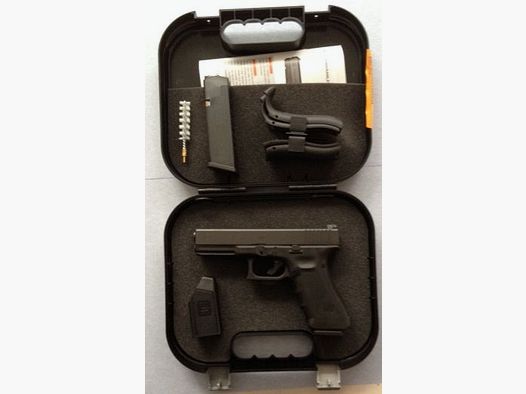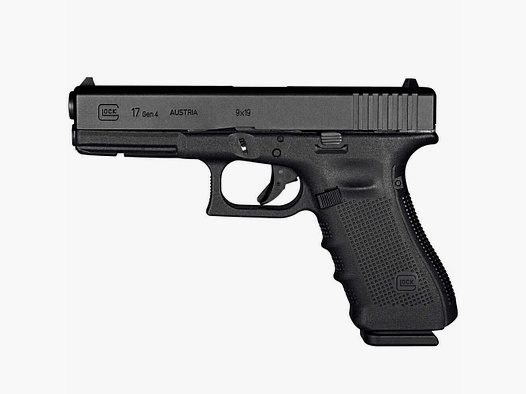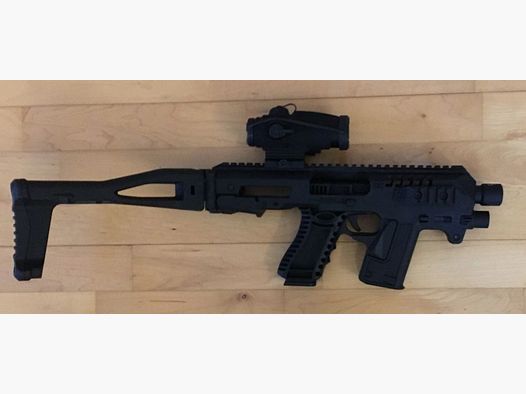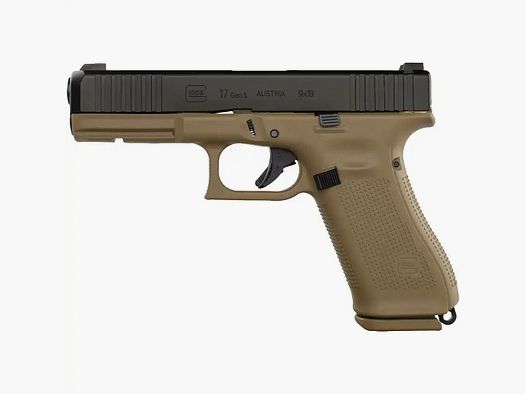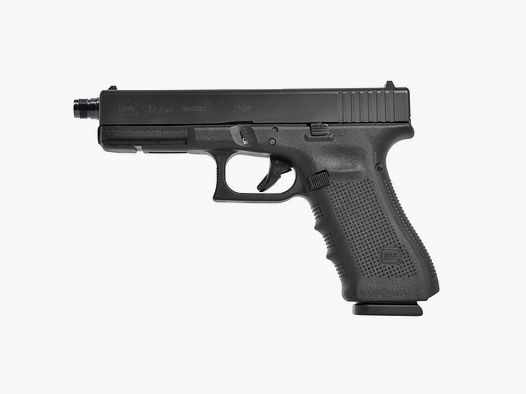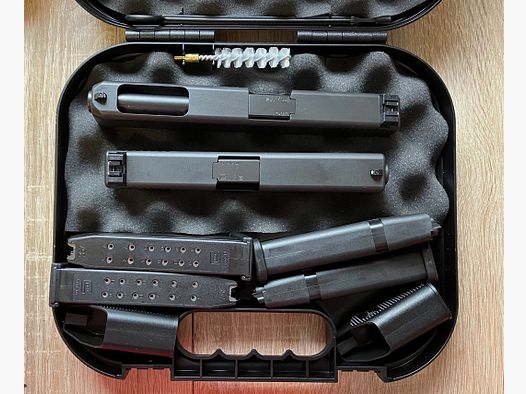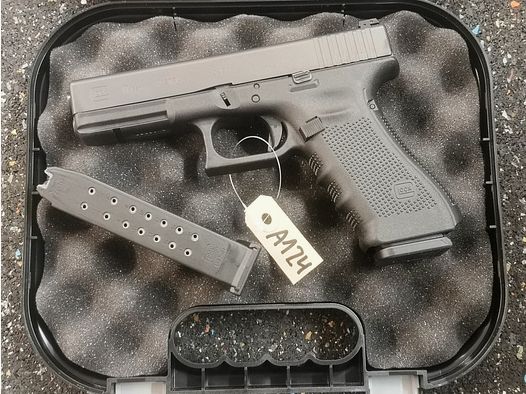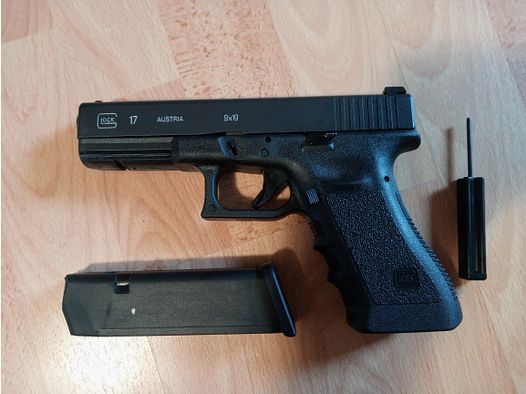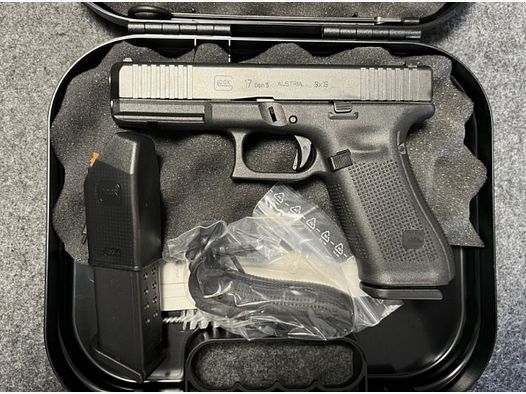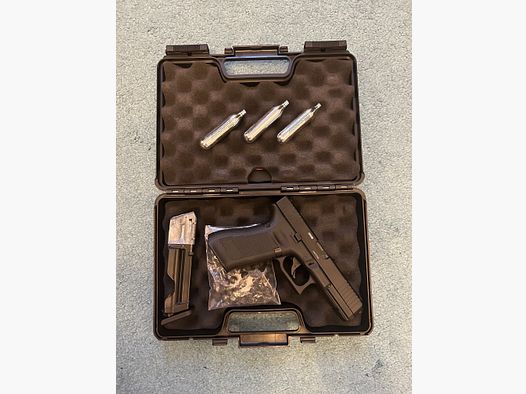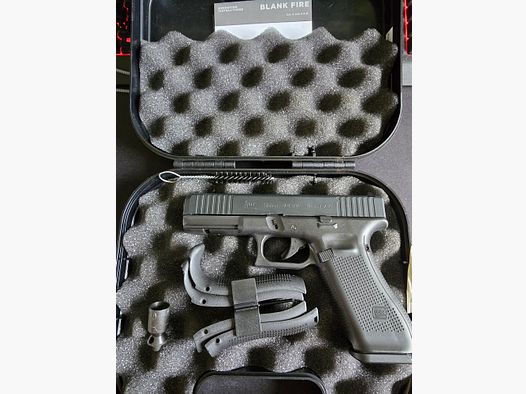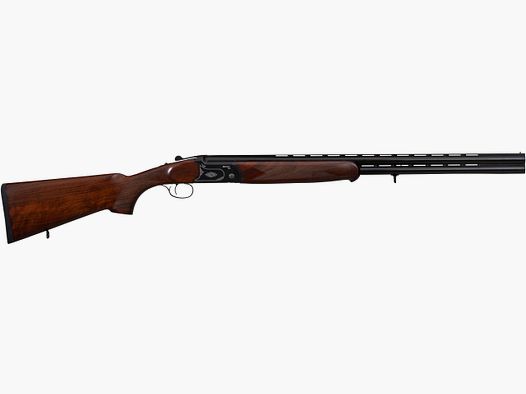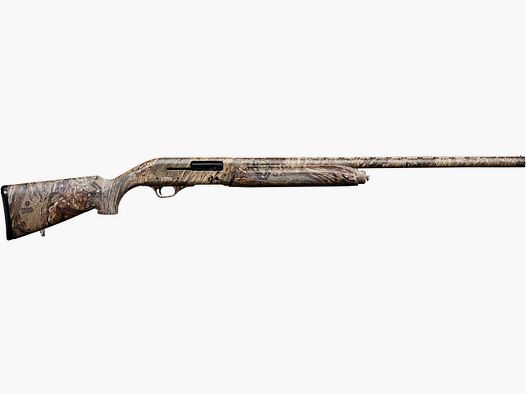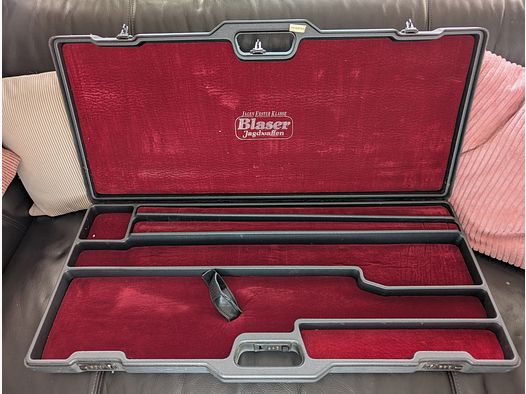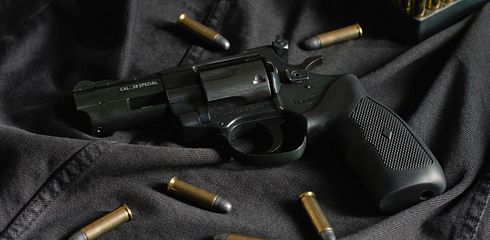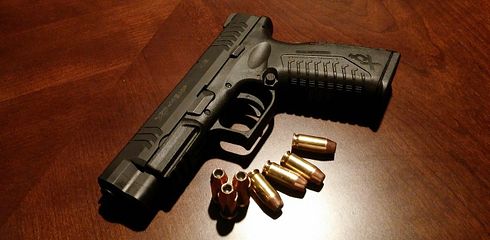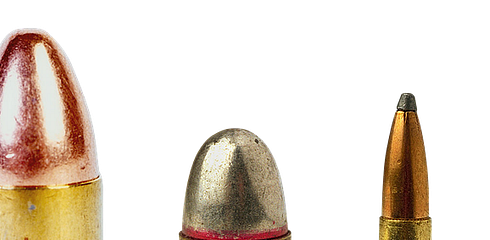Hardly any manufacturer is as closely associated with modern service pistols worldwide as Glock. The Austrian brand stands for robust construction, intuitive operation – and a model number system that raises questions time and again. Why is the Glock 17 actually called "17"? What logic is behind the model designations? And what does all this have to do with curtain rods? We dispel common myths and take a look behind the scenes of the traditional company.
Numbers without Caliber Logic – How Glock Names Its Models
Contrary to popular belief, the model numbers at Glock do not derive from the caliber or the design type. Instead, the numbering system follows a simple principle: Chronology of Development. Each number represents the order in which the respective model was internally designed – regardless of caliber or external differences.
Examples:
- Glock 17 – the company's first service pistol (caliber 9 mm)
- Glock 18 – fully automatic variant of the Glock 17
- Glock 19 – compact 9 mm model
- Glock 20 – developed significantly later, in caliber 10 mm Auto
The fact that there are different models with the same caliber in the product range (e.g., Glock 17, 19, 26, 34 – all 9 mm) is simply due to their development timeline, not a systematic type logic.
Myth of "Patent Number 17" – what really lies behind the designation
It is often claimed that the name "Glock 17" refers to the 17th patent of company founder Gaston Glock. This is a widespread misconception. The truth is: The number refers to the 17th product that Glock ever developed. Before manufacturing firearms, the company produced everyday items – completely outside the defense industry.
From Curtain Rods to Global Brand: How It All Began
That Glock originally had nothing to do with weapons surprises many. In the 1960s and 70s, the company produced plastic products – including curtain rods, furniture accessories, and household goods. It was only when the Austrian Armed Forces issued a tender for a new service pistol in the 1980s that Glock developed its first weapon: the Glock 17. This impressed with a groundbreaking polymer frame, simple construction, and high capacity – and won the tender.
What followed is history: Glock established itself worldwide as the epitome of modern service pistols.
Overview of Glock Models – from Standard to Slimline
| Model | Caliber | Grip | Slide Size | Features |
|---|---|---|---|---|
| Glock 17 | 9 mm | Standard | Standard | Classic, MOS & Gen5 available |
| Glock 18 | 9 mm | Standard | Standard | Fully automatic, law enforcement model |
| Glock 19 | 9 mm | Compact | Compact | Compact, MOS & Gen5 available |
| Glock 19X | 9 mm | Standard | Compact | Hybrid: 17 grip, 19 slide |
| Glock 20 | 10 mm Auto | Standard | Standard | Powerful, also relevant for hunting |
| Glock 21 | .45 Auto | Standard | Standard | High stopping power, Gen5 |
| Glock 22/23 | .40 S&W | Standard/Compact | Standard/Compact | Classic service weapon (e.g., FBI) |
| Glock 26 | 9 mm | Subcompact | Subcompact | Ideal for concealed carry |
| Glock 34 | 9 mm | Standard | Competition | Long barrel, sportily optimized |
| Glock 43/43X | 9 mm | Slimline | Subcompact/Compact | Single stack, slim design, also MOS |
| Glock 44 | .22 LR | Compact | Compact | Training model with polymer slide |
| Glock 45 | 9 mm | Standard | Compact | Hybrid with current Gen5 features |
| Glock 47 | 9 mm | Standard | Standard | Modular design, compatible with G19 slide |
| Glock 48 | 9 mm | Slimline | Compact | Thin grip, MOS-ready |
Conclusion: A System That Only Makes Sense Internally – Yet Works Worldwide
Anyone expecting a logical sequence from Glock will be disappointed. But that is precisely what makes the brand appealing. For decades, Glock has relied on consistency in technology rather than explainable model names. The result is a series of firearms characterized by high reliability, modular compatibility, and international acceptance.
You can find more exciting articles on the blog of our partner Waka Custom Guns:




